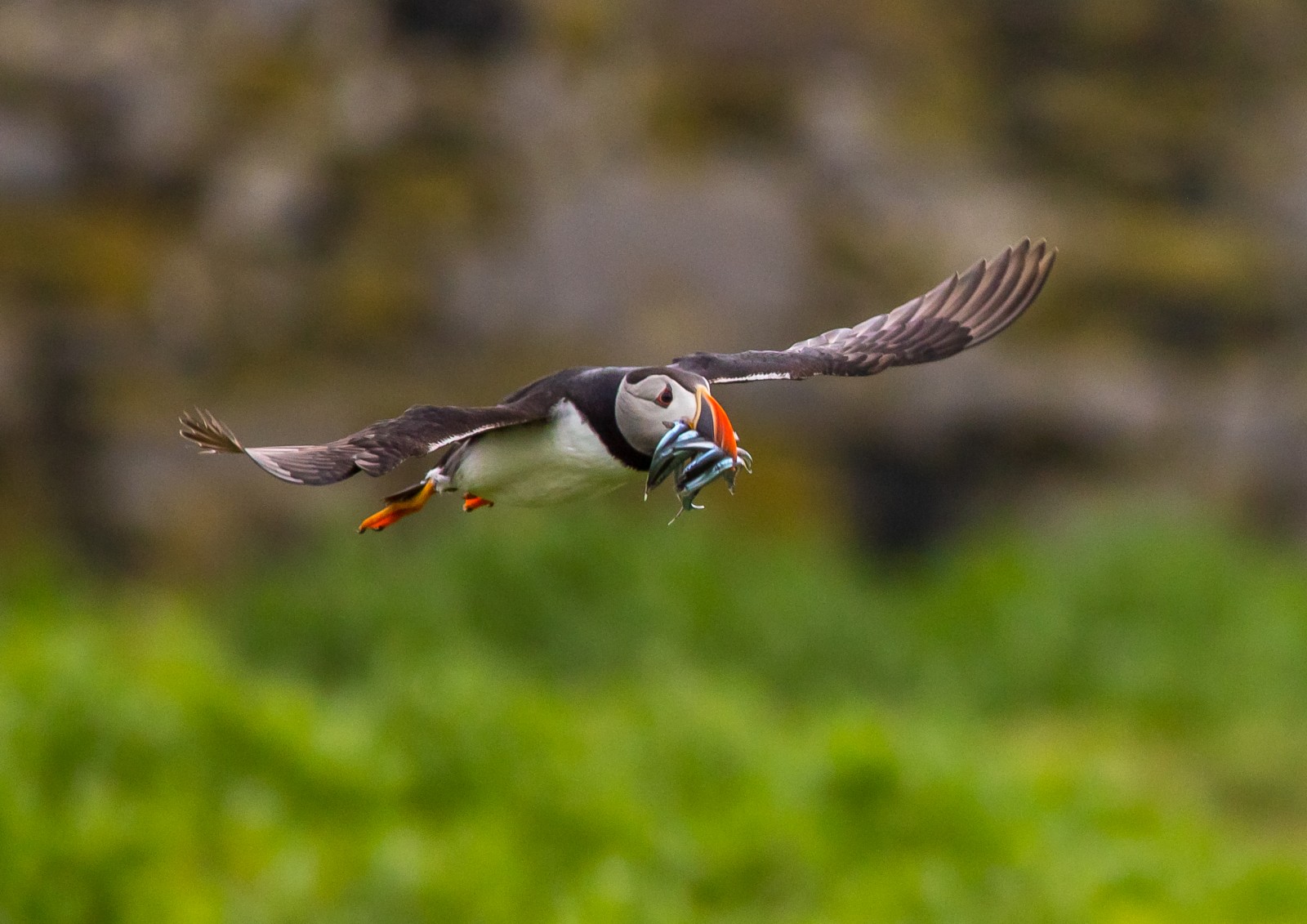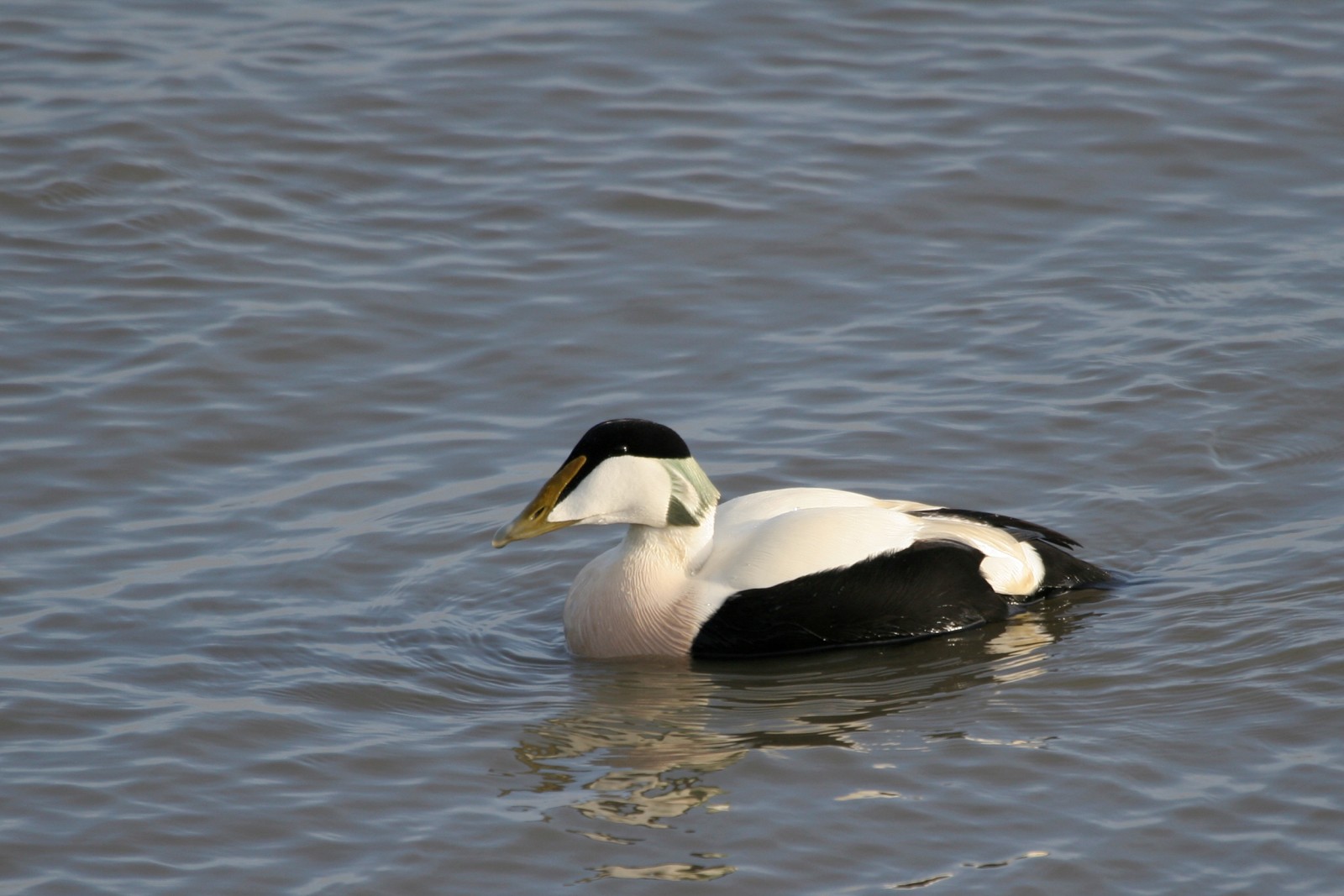Opis
The Isle of May is located in the north of the outer Firth of Forth, approximately 8 km off the coast of mainland Scotland. It is 1.8 km long and less than half a kilometre wide. It is a very green island, with lots of cliffs, some idylic buildings. Although only around 57 hectares in size, over 285 bird species have been recorded on the island. The island is free from predators such as foxes and rats, and thus provides a safe breeding site compared to the mainland. At the height of the breeding season the Isle of May can host around 200,000 seabirds, including maskonur, mewa trójpalczasta, alka, nurzyk, kormoran czubaty, fulmar, ostrygojad, edredon and various species of tern and gull. The best months for seeing the breeding seabirds are June and July. Ferries run to the Isle of May from April through to September.
Szczegóły
Dostęp
Most visitors to the island are daytrippers taking the ferry from Anstruther in Fife. The only way to get there is by boat/ferry. Boat trips leave from Anstruther harbour either on the May Princess or the fast Osprey Rib. The journey takes 45 minutes.
Teren i siedlisko
MorzeWarunki
Skalisty , Pagórkowaty , Otwarty krajobraz , Brak cieniaTrasa dookoła
TakCzy luneta będzie przydatna ?
Może być przydatnaUdany sezon obserwacyjny
Wiosna , LatoNajlepszy czas na wizytę
Lato , Wiosna , Jesienne migracje , Wiosenne migracjeTrasa
Droga nieutwardzona , Szeroka ścieżkaPoziom trudności szlaku pieszego
ŁatwyDostępne
Pieszo , Wózek inwalidzki , ŁódźCzatownia/platforma obserwacyjna
TakDodatkowe informacje
The island is closed to visitors from 1 October until Easter to prevent disturbance to the large number of seal pups.




